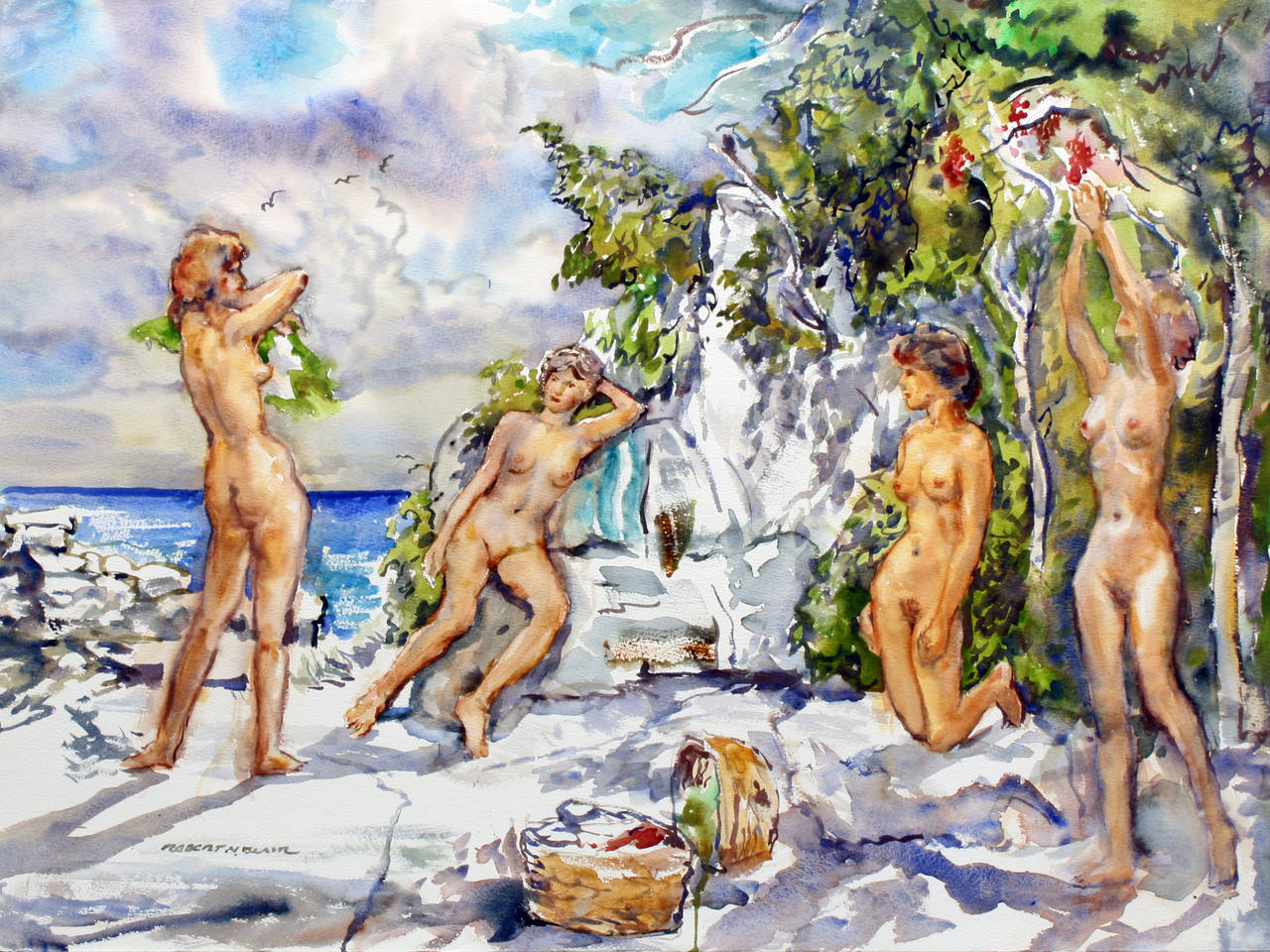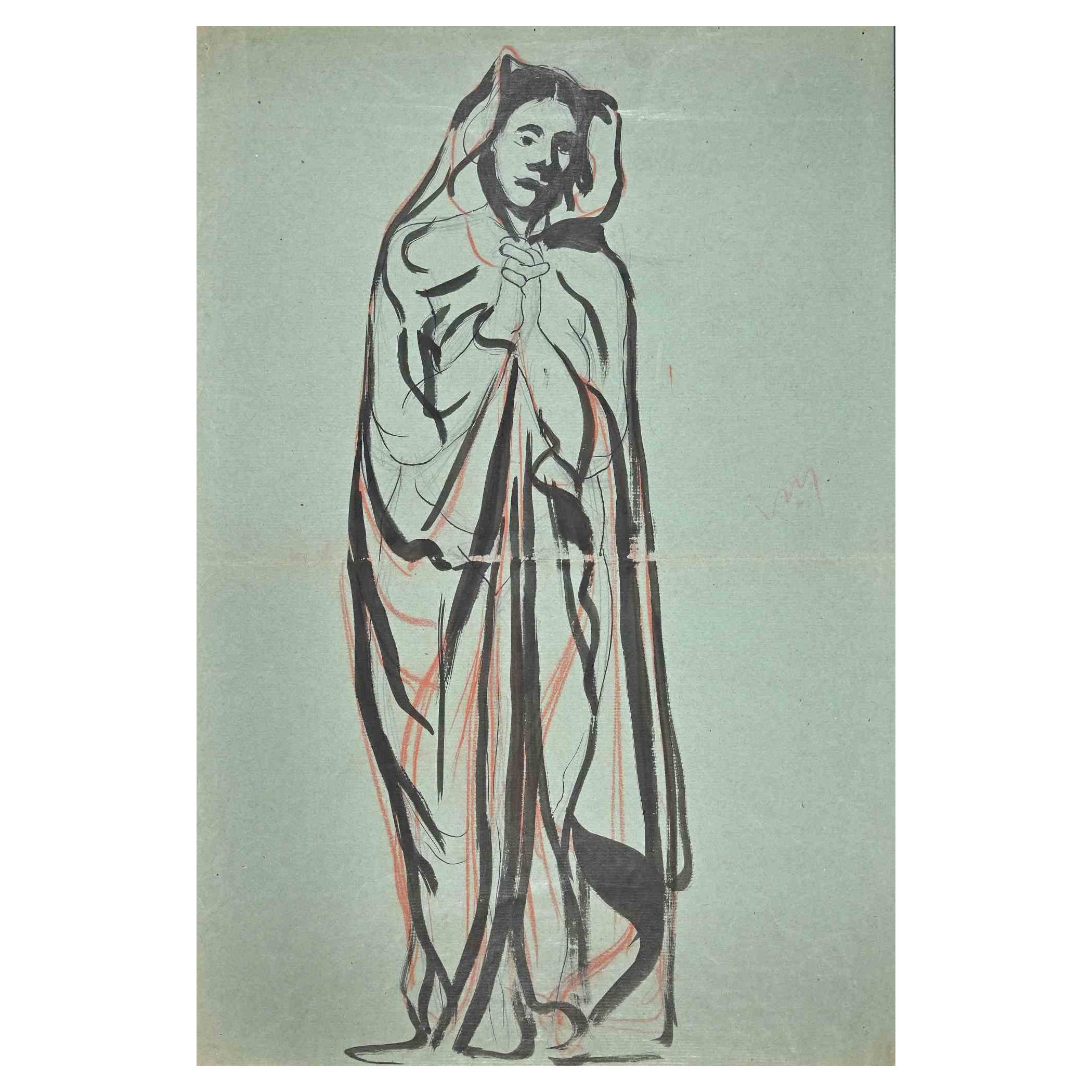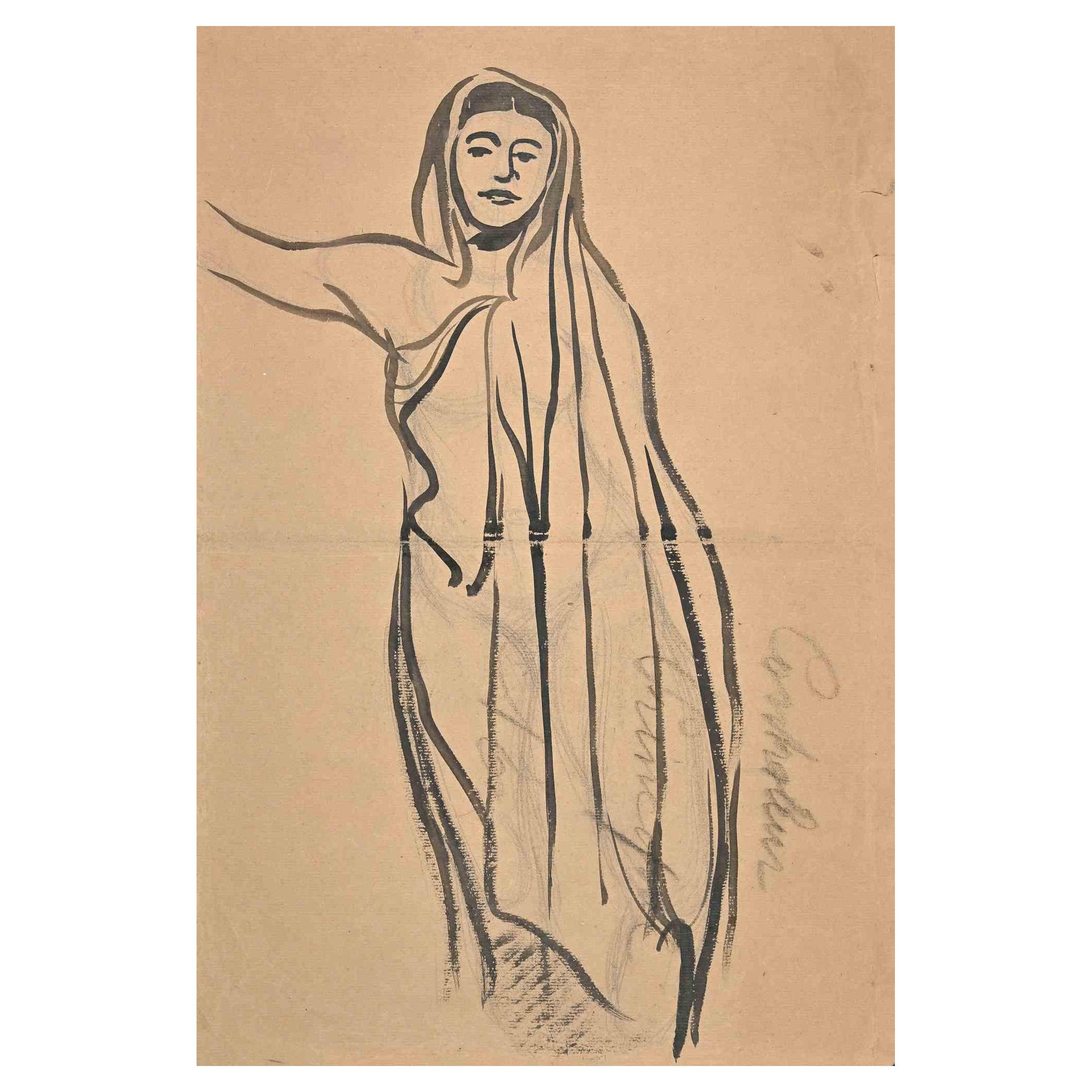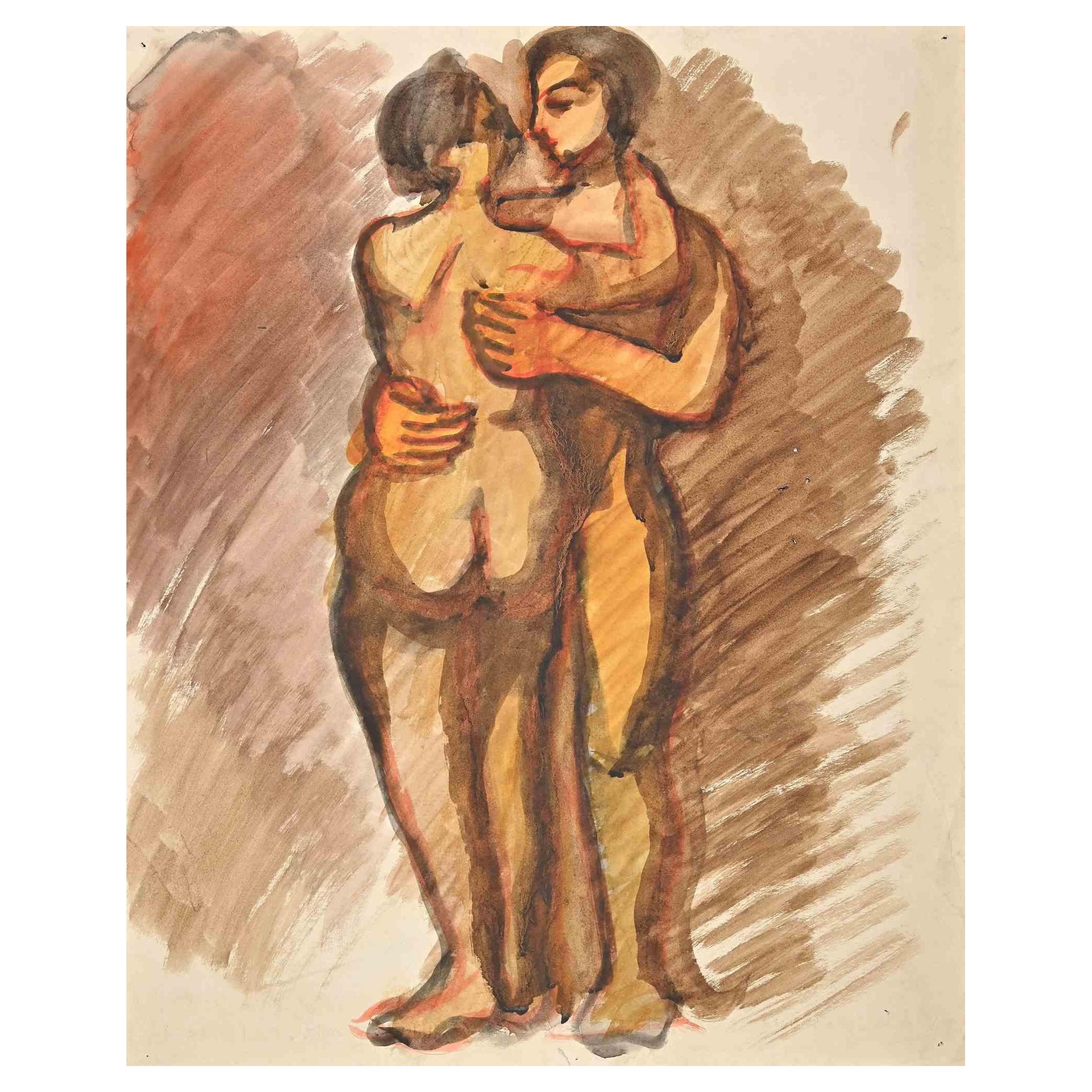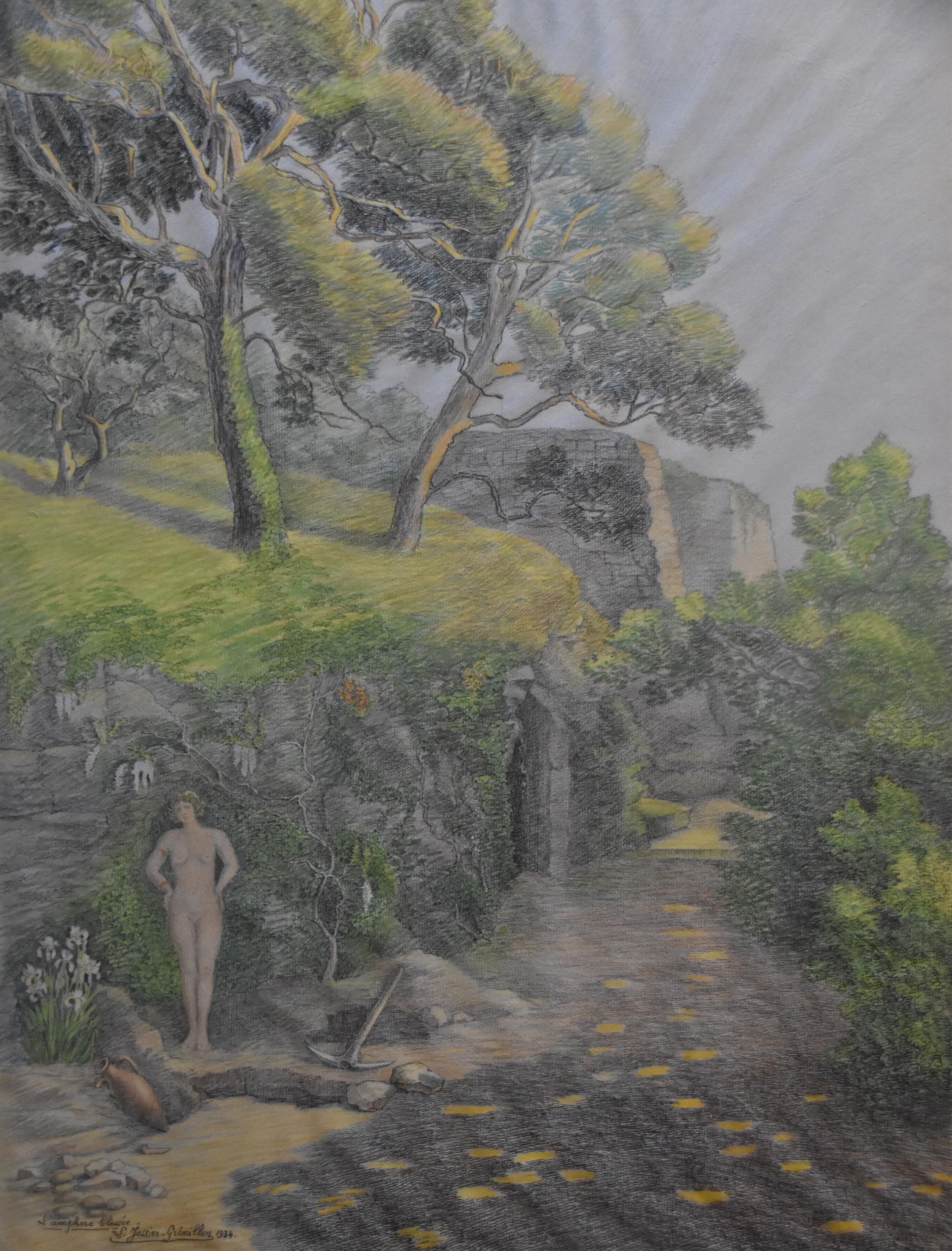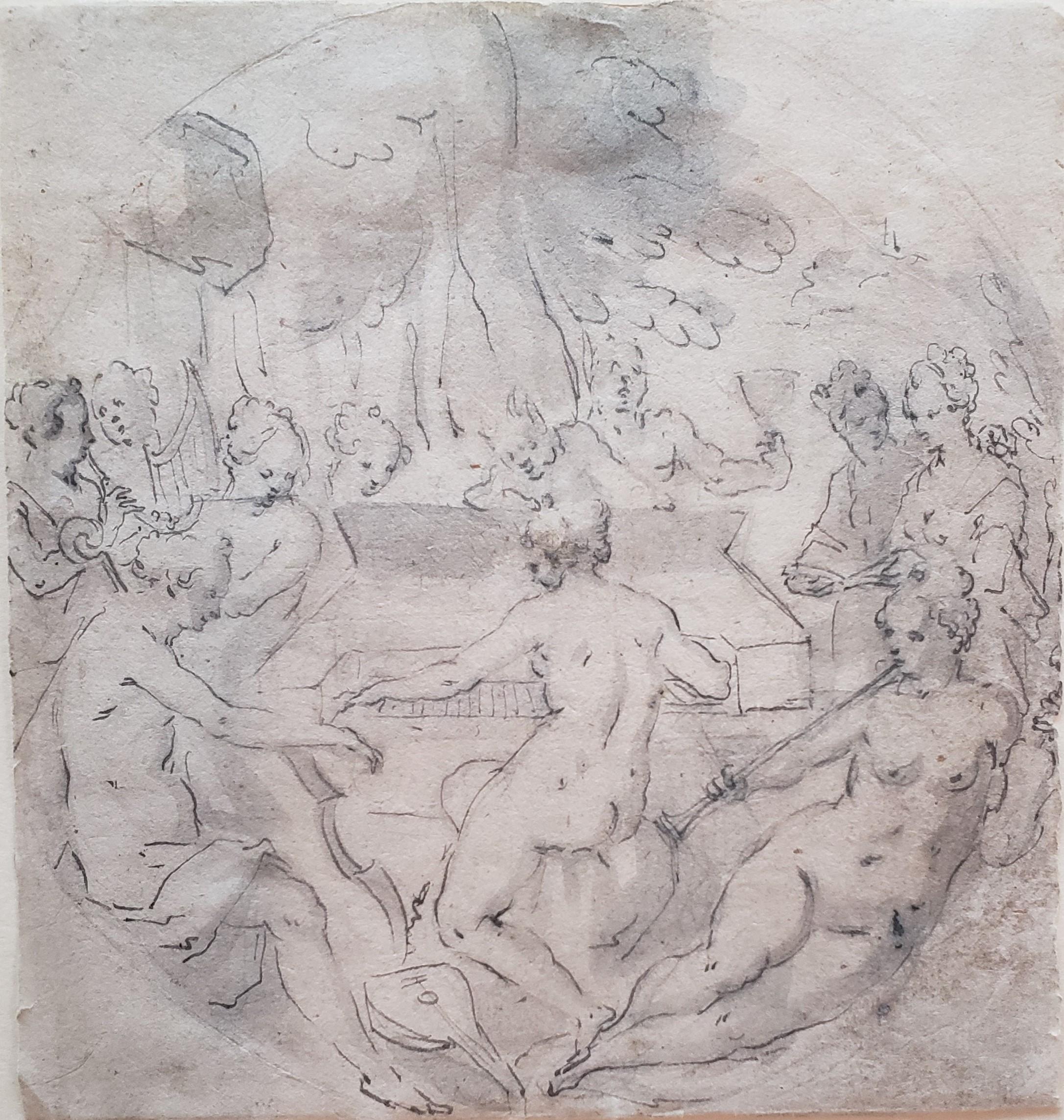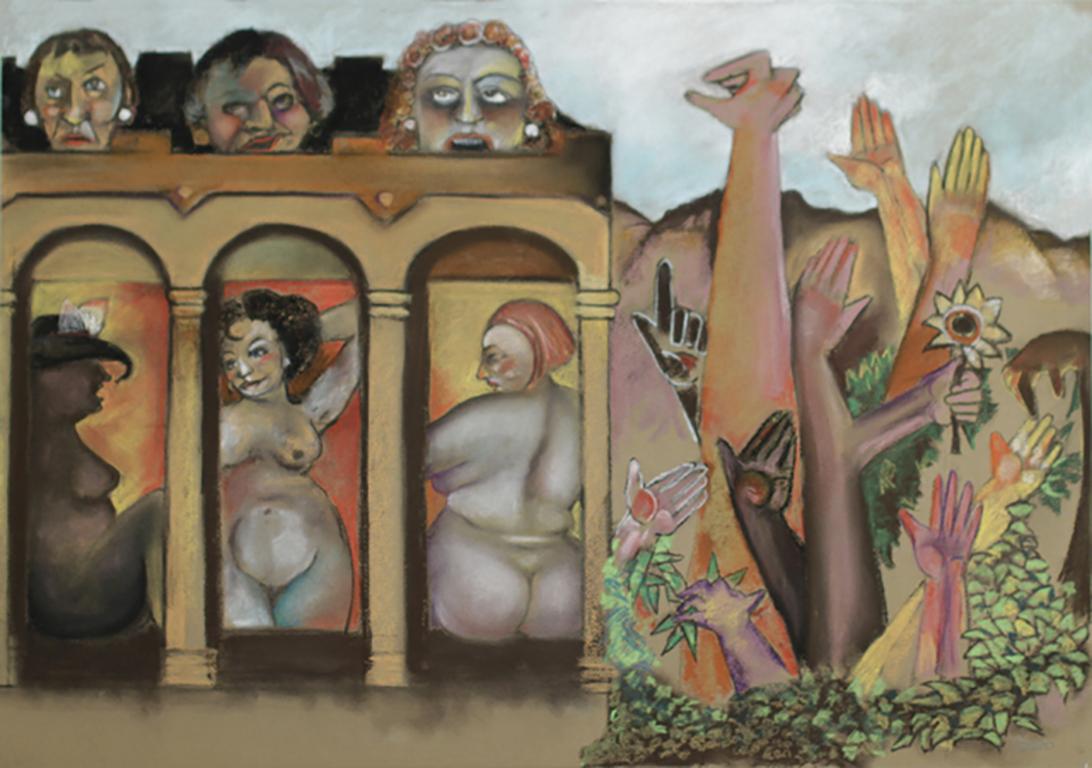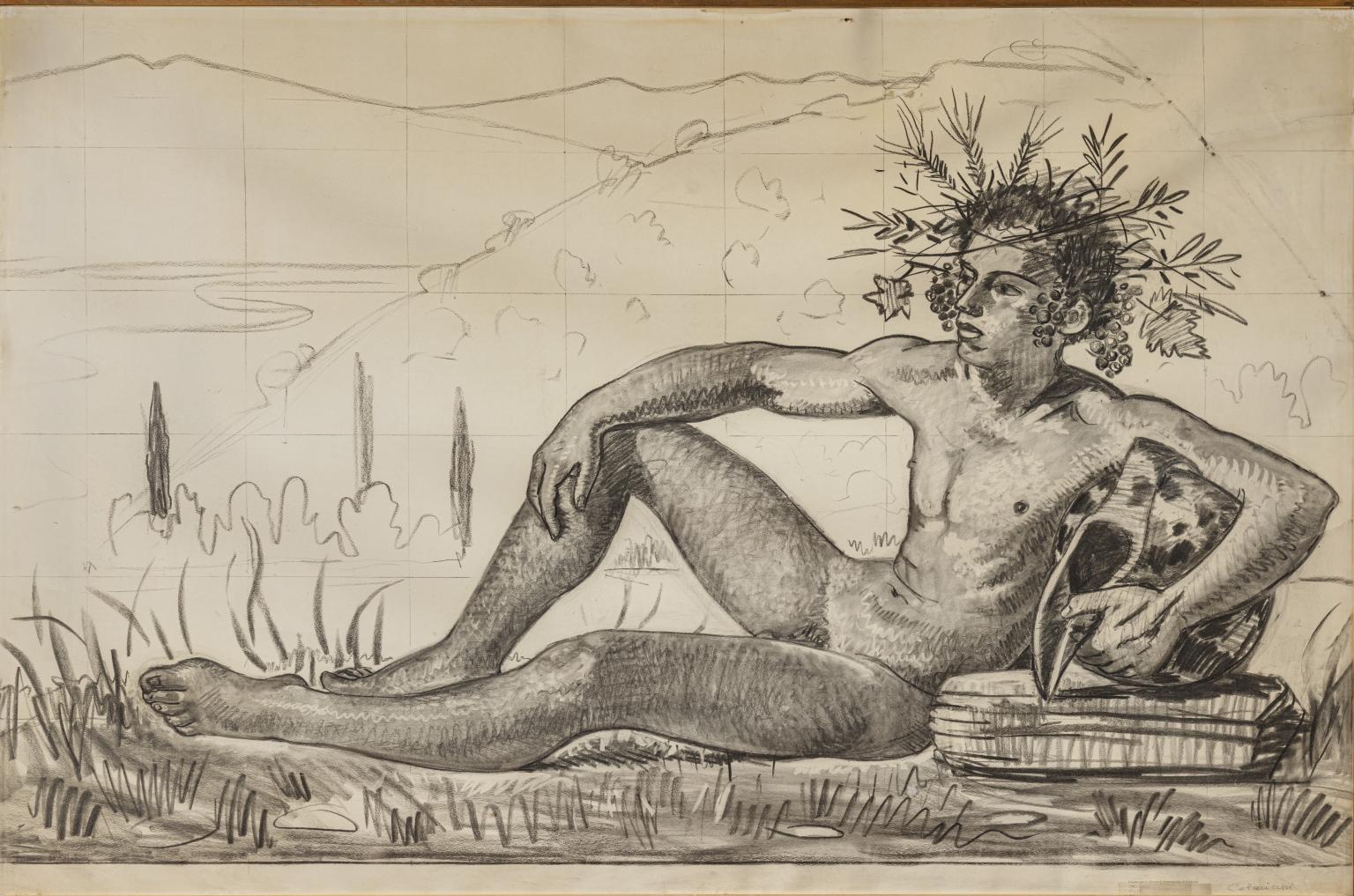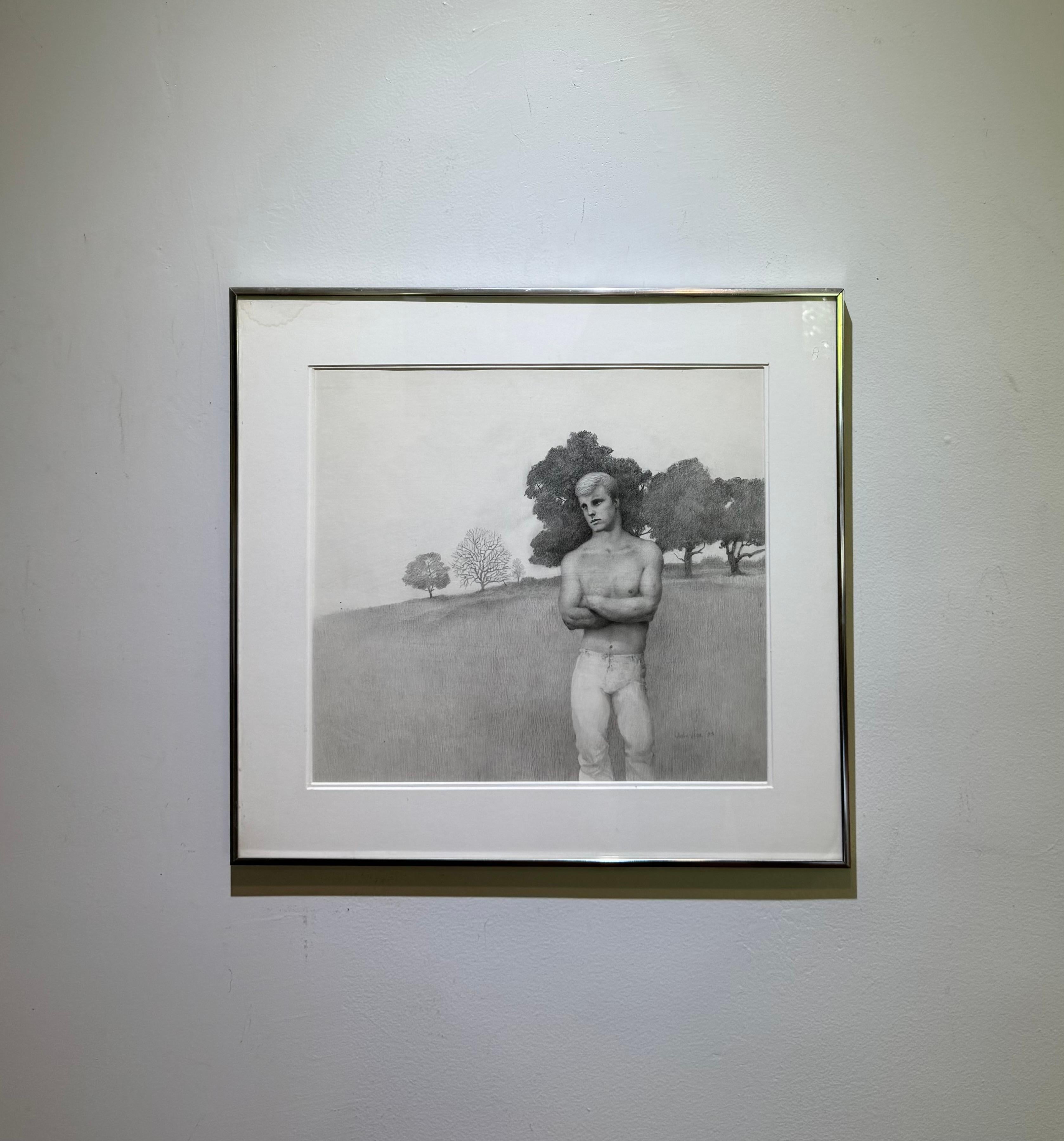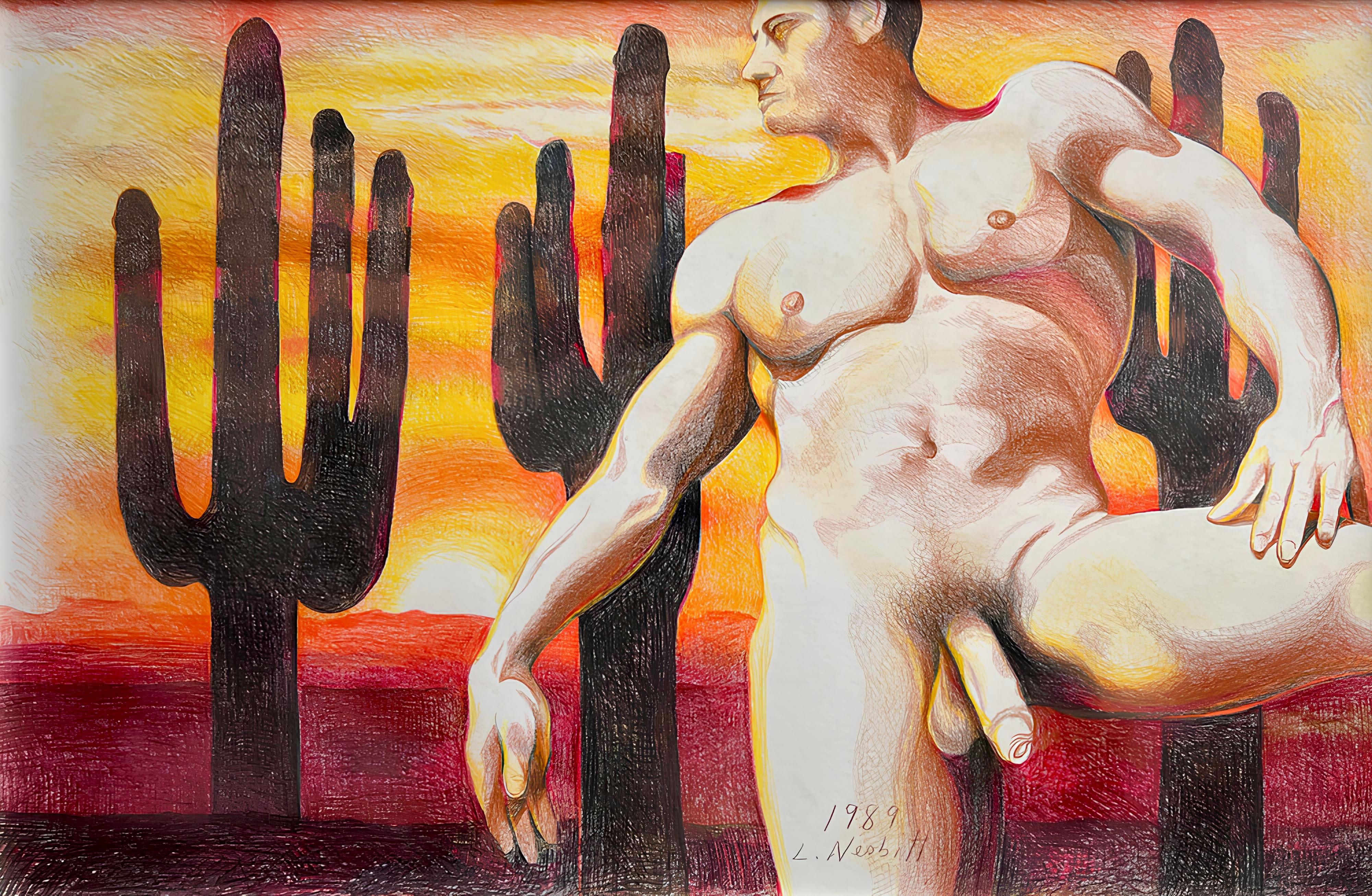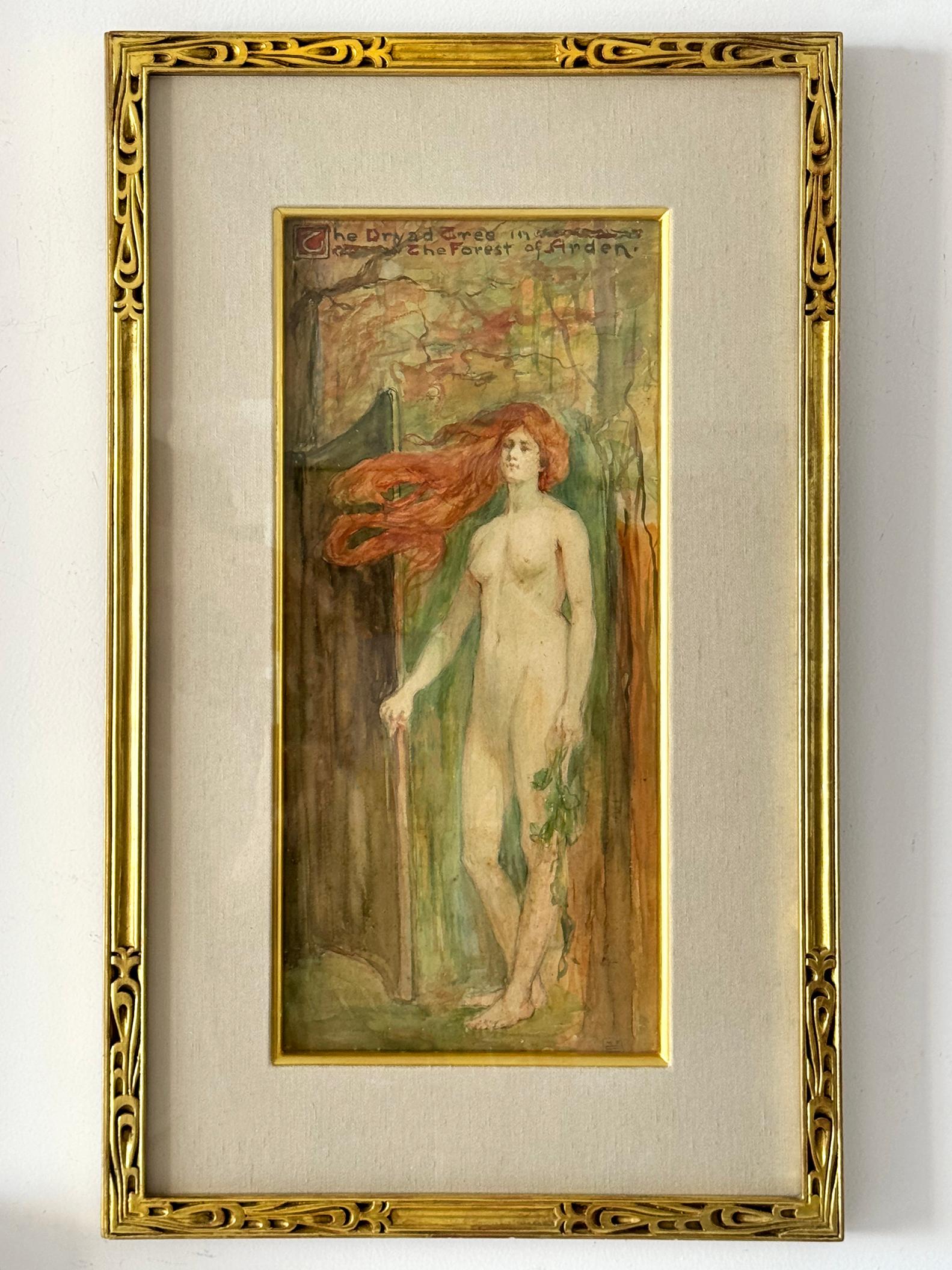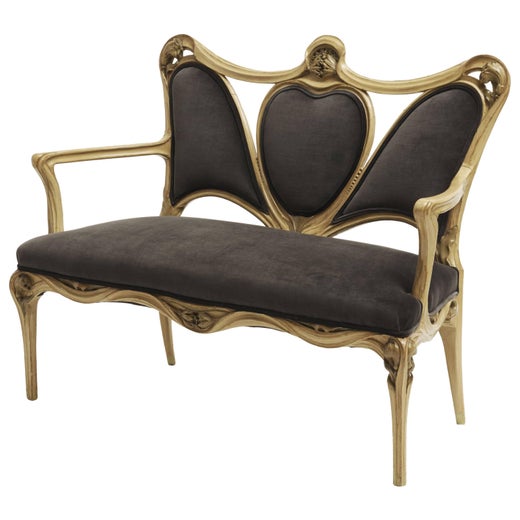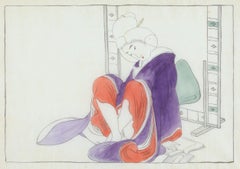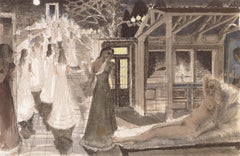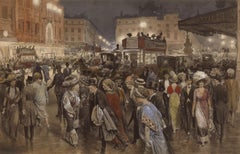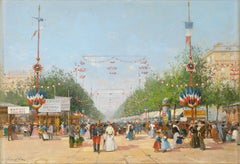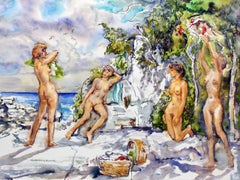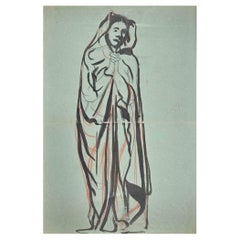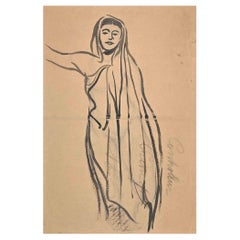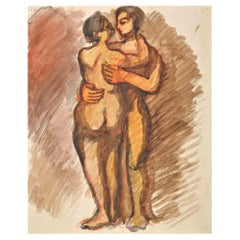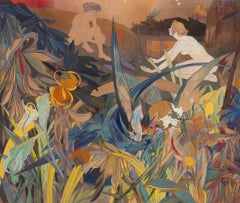
La Course À L’abîme By Georges De Feure
View Similar Items
Georges De FeureLa Course À L’abîme By Georges De FeureCirca 1893-94
Circa 1893-94
About the Item
- Creator:Georges De Feure (1868 - 1943, French)
- Creation Year:Circa 1893-94
- Dimensions:Height: 37.38 in (94.95 cm)Width: 43 in (109.22 cm)Depth: 2 in (5.08 cm)
- Medium:
- Movement & Style:
- Period:
- Condition:
- Gallery Location:New Orleans, LA
- Reference Number:Seller: 31-69801stDibs: LU18612504612
Georges De Feure
Georges de Feure was born in Paris. He was the son of a Dutch architect. He was a painter and designer, having worked in the style of symbolism as well as Art Nouveau. De Feure was a student of fine arts in Amsterdam during the 80s of the 19th century, having left the Netherlands. He moved to Paris, where he worked as an independent artist. De Feure presented his works of art at the “Exposition Universelle de Paris” in 1900. He was active in the field of furniture, newspapers, theater designs and posters. It should not be forgotten to mention that De Feure was nominated Chevalier de la Légion d'honneur for having created his designs of the decorative arts.
More From This Seller
View AllEarly 20th Century Other Art Style Nude Drawings and Watercolors
Paint, Paper, Gouache
20th Century Post-Impressionist Nude Drawings and Watercolors
Paper, Ink, Watercolor, Pen
Early 20th Century Figurative Drawings and Watercolors
Paper, Watercolor, Gouache
20th Century Academic Landscape Drawings and Watercolors
Paper, Watercolor, Gouache, Board, Graphite
Early 20th Century Academic Nude Drawings and Watercolors
Canvas, Oil Pastel, Pastel, Laid Paper
20th Century Modern Nude Drawings and Watercolors
Paper, Pencil
You May Also Like
1960s American Modern Nude Drawings and Watercolors
Archival Paper, Watercolor
Mid-20th Century Modern Landscape Drawings and Watercolors
Watercolor
Mid-20th Century Modern Landscape Drawings and Watercolors
Watercolor
Mid-20th Century Modern Landscape Drawings and Watercolors
Watercolor
1930s Symbolist Nude Drawings and Watercolors
Watercolor
16th Century Old Masters Landscape Drawings and Watercolors
Paper, Ink, Pen
Recently Viewed
View AllRead More
Paul Revere Crafted This Silver Coffee Pot 250 Years Ago
Perhaps best known as a Revolutionary War hero, Revere was also an accomplished silversmith, and this pot is now available on 1stDibs.
Degas Portrayed These Exuberant Ukrainian Dancers with ‘Orgies of Color’
Discovered in Parisian cabarets, the performers reenergized the artist’s practice.
